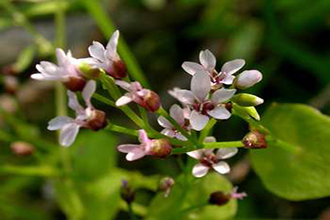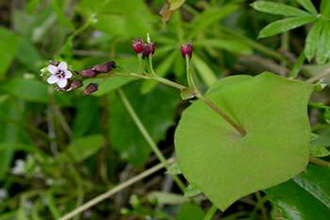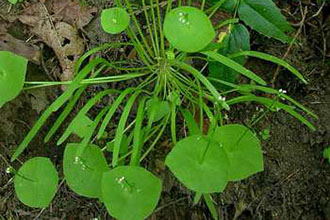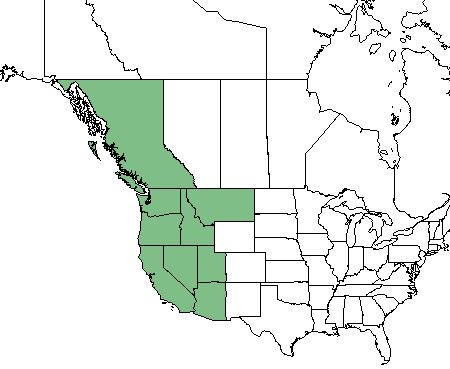E-Flora of British Columbia
In Klinkenberg, Brian. (Editor) 2015. E-Flora BC: Electronic Atlas of the Plants of British Columbia [eflora.bc.ca]. Lab for Advanced Spatial Analysis, Department of Geography, University of British Columbia, Vancouver. [Accessed: 03/02/2017 10:07:32 AM ]
USDA Plants Database
USDA, NRCS. 2017. The PLANTS Database. National Plant Data Team, Greensboro, NC 27401-4901 USA.
Distribution Map photo credit
The Calflora Database
Calflora: Information on California plants for education, research and conservation,
with data contributed by public and private institutions and individuals, including the Consortium of California Herbaria.
[web application]. 2017. Berkeley, California: The Calflora Database [a non-profit organization].
Flora of North America
Flora of North America Editorial Committee, eds. 1993+. Flora of North America North of Mexico. 19+ vols. New York and Oxford.
Burke Museum of Natural History and Culture
Burke Museum. 2017. CLaytonia parviflora [Online]. University of Washington.
Photo credit: 2004, Ben Legler
Calscape
Calscape. (n.d.). Streambank Springbeauty. Retrieved from California Native Plant Society: https://calscape.org/loc-California/Claytonia-parviflora-(Streambank-Speingbeauty)?schcr=sc605a5c1b48817
Nomenclatural Changes and New Taxa in Claytonia (Portulaceacea) in Western North America
Miller, J. M., & Chambers, K. L. (1993). Nomenclatural changes and new taxa in Claytonia (Portulacaceae) in western North America. Novon, 268-273.



